Every diamond starts as a lump of coal.
We needed a new stove for a long time and the other day I spotted this in an auction house for a fair price:

And with some care it ended up like this:

I stripped it completely and the first thing I see (among piles of dirt) is that the oven burner has a couple of cracks. I chase them with a carbide burr and weld them over. While doing that one of our cats decided that it was a suitable place to sleep.
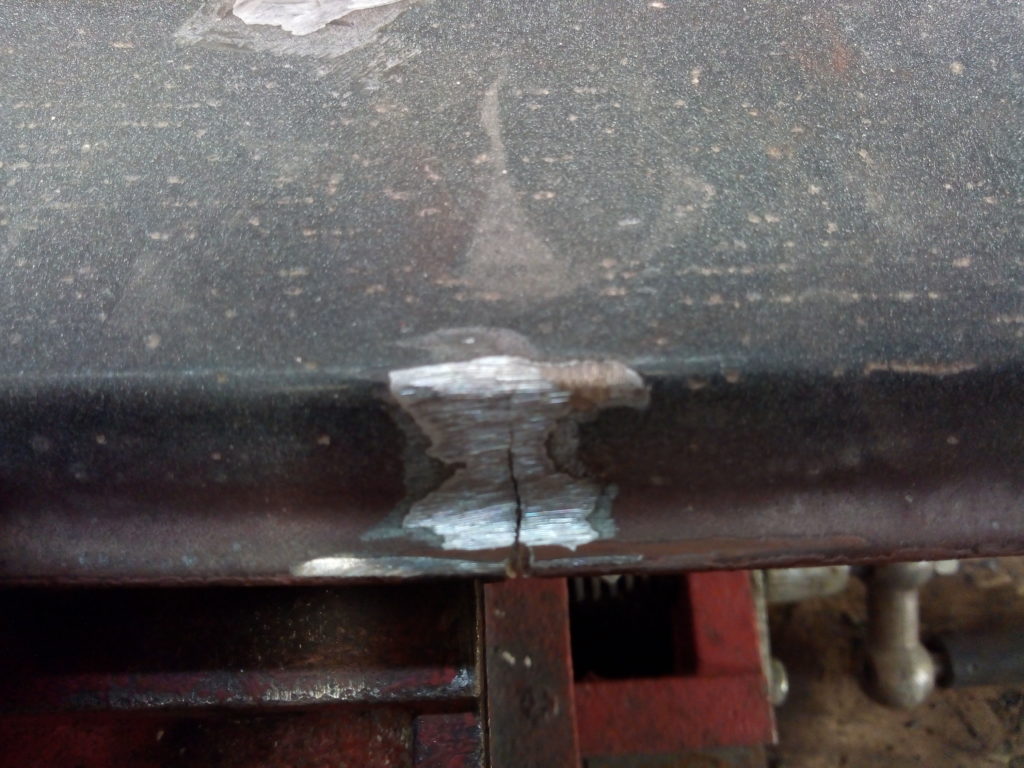
Vintage stove: broken burner 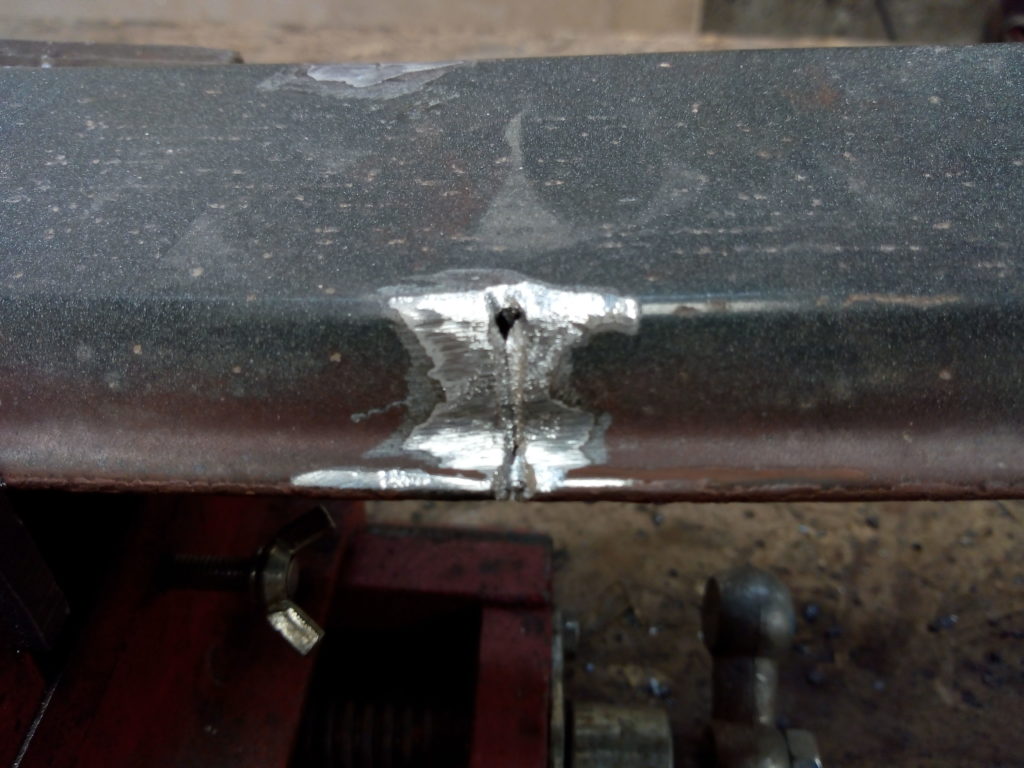
Vintage stove: broken burner 
Cat (Loli) sleeping inside vintage oven
I removed most of the dust with compressed air. Then I changed the nozzles for ones adequate for bottled gas and proceeded to adjust the air/gas mixture. All went well except that near the end the original aluminum manifold started to flame all over the place.
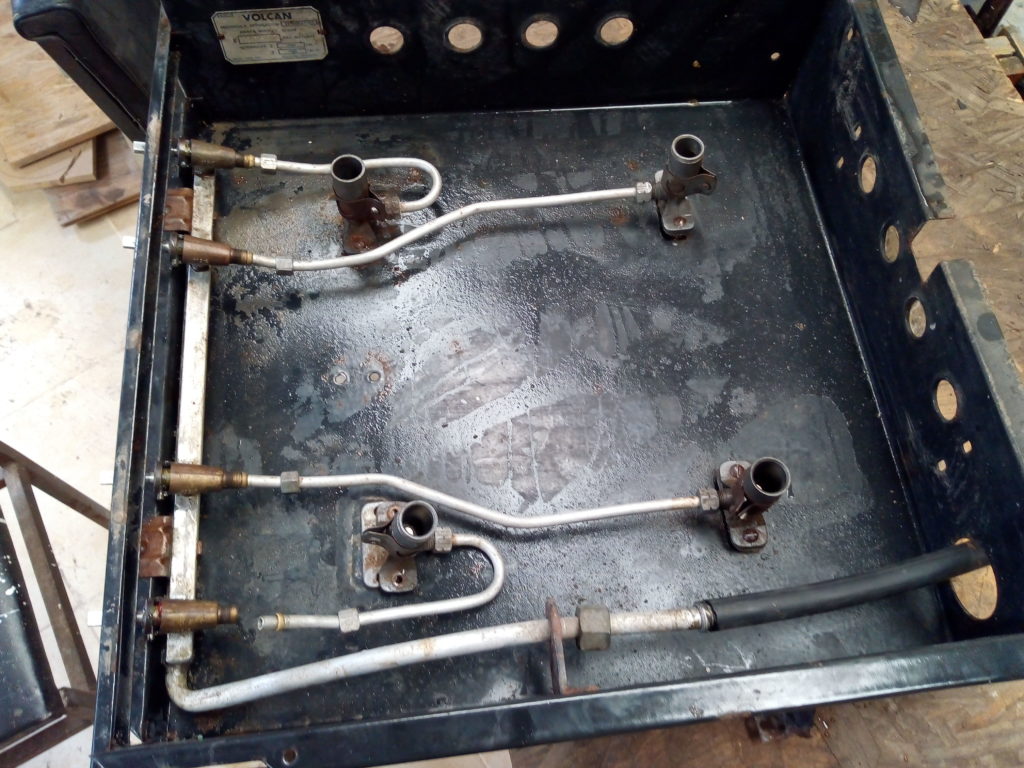
I asked around and there isn’t a ready made replacement for this part, so I went on to build one with standard fittings and some iron piping.
I’m really proud of those socket joints, there was only a small pin hole leak.
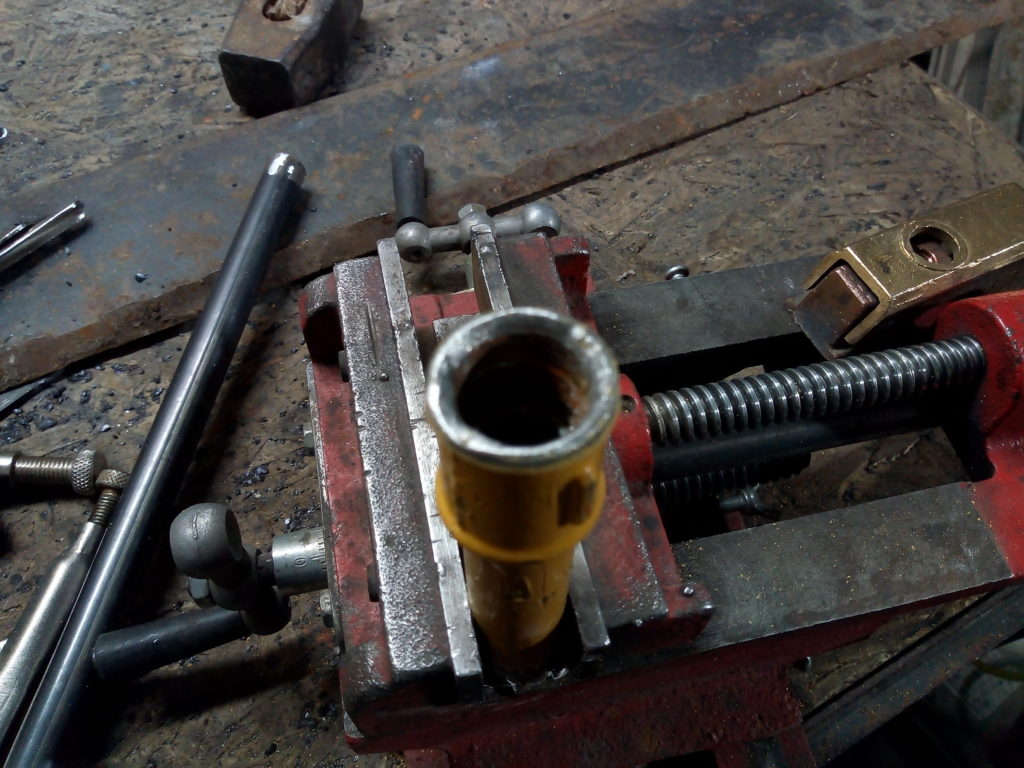
Vintage stovetop: making a new gas manifold 
Vintage stovetop: making a new gas manifold 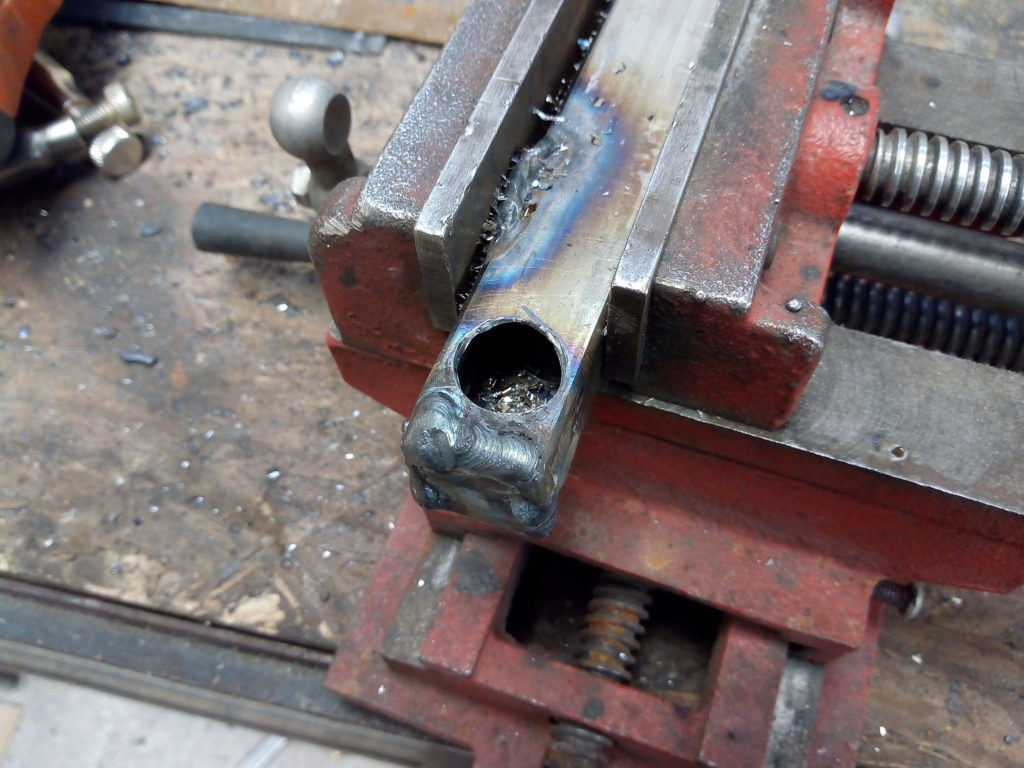
Vintage stovetop: making a new gas manifold 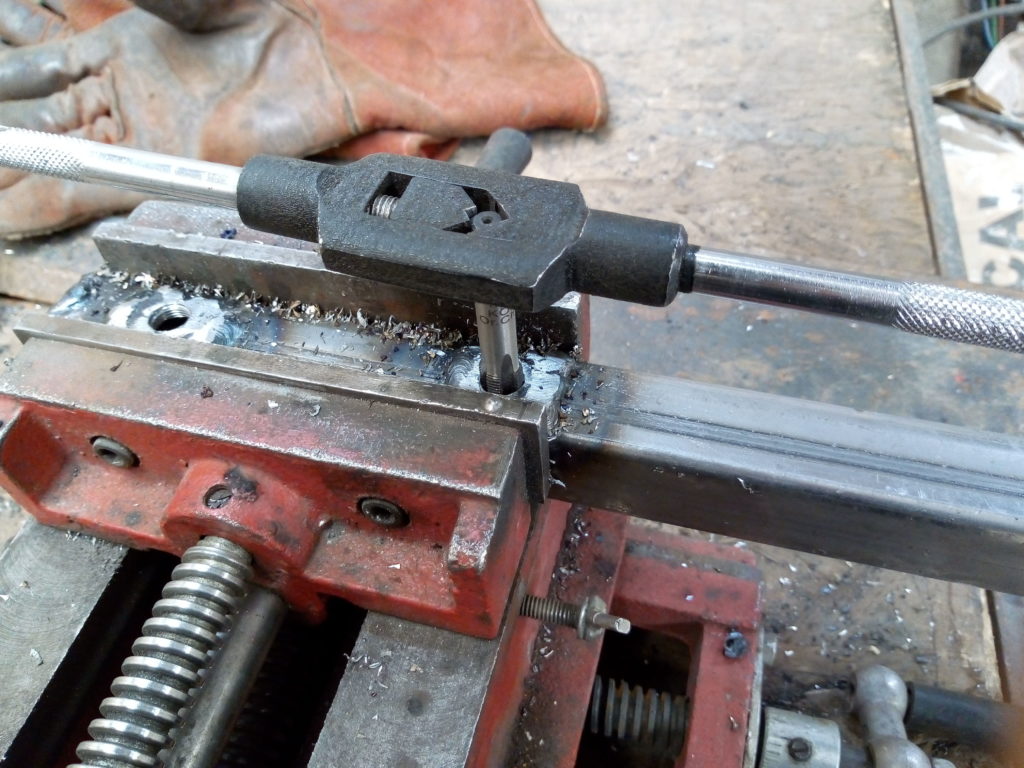
Vintage stovetop: making a new gas manifold 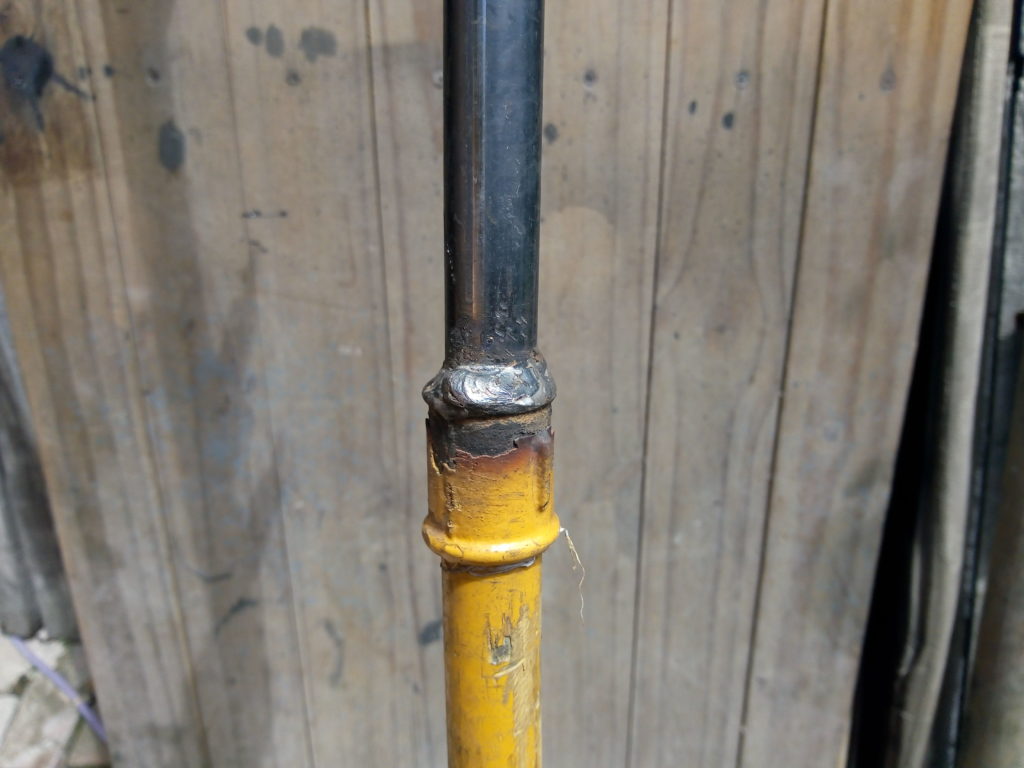
Vintage stovetop: making a new gas manifold 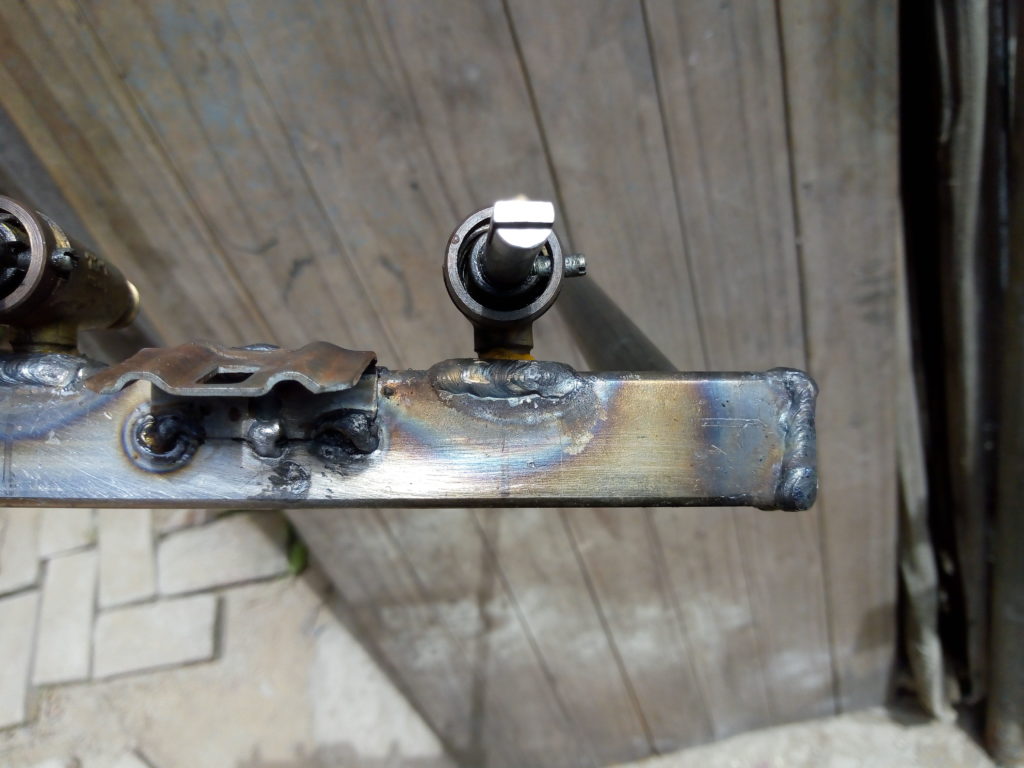
Vintage stovetop: making a new gas manifold
I gave it a coat of high temp rust-oleum and they look (and work!) amazingly great.

Unlike most of the modern stoves this is split in two. The oven is meant to be installed inside a wall and the stove by the kitchen counter. To have them in one spot without wobbling I built a simple frame:
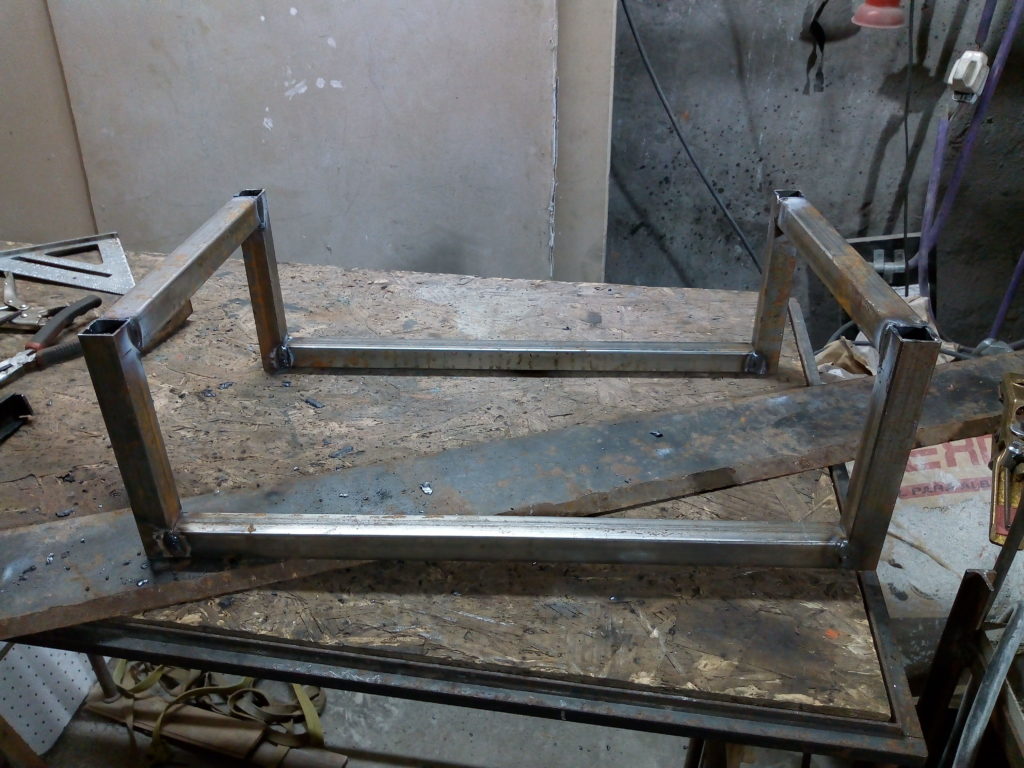
Happy with how everything works now I moved on to the cleaning phase. Lots of detergent, industrial solvent and hot water removed all the grime accumulated in years of daily use.
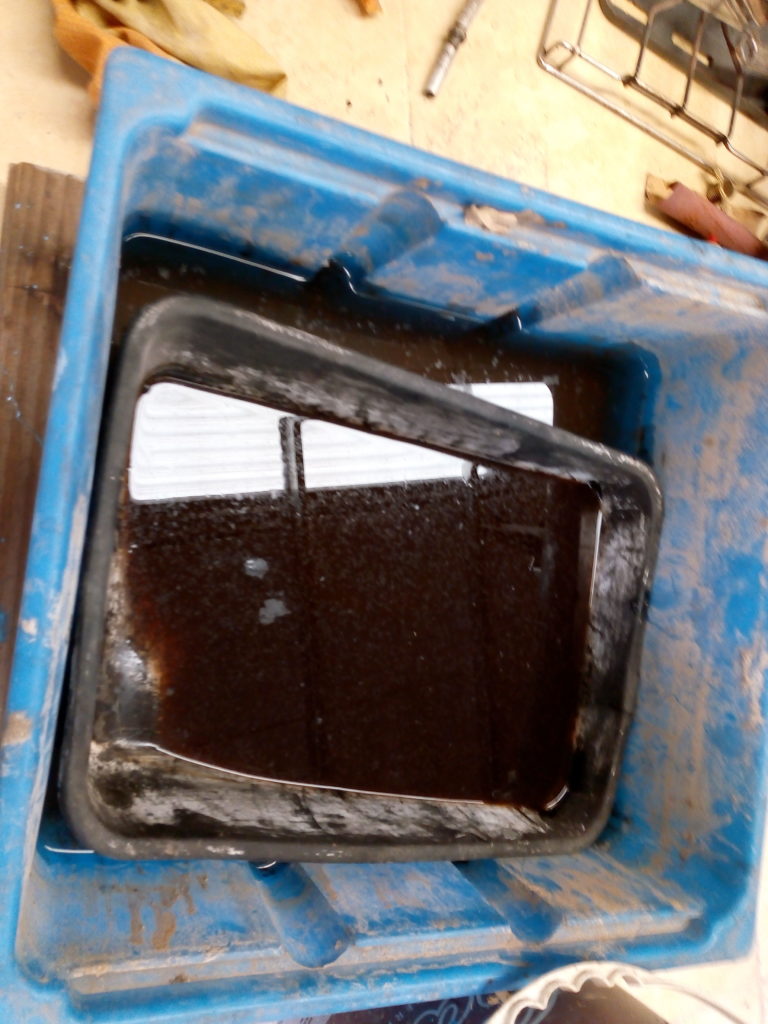
It looks like new but I missed a very important detail. The width is fine but it’s too high for our kitchen. Besides being awkward to use for not so tall people the back burners are dangerously close to a wooden shelve.
As Bob Ross would say, it’s not a mistake but a happy accident. And an opportunity to learn more about sheet metal working and gas piping.